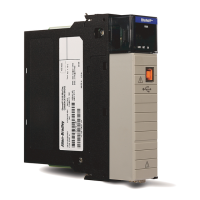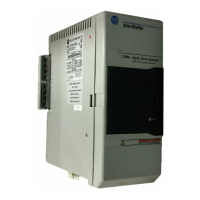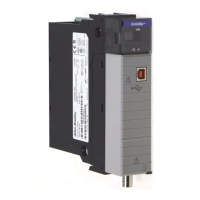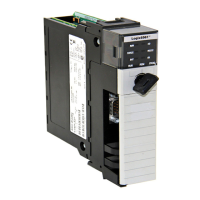Publication 1756-UM523F-EN-P - December 2006
Maintain and Troubleshoot the System 115
Export the SRM Event Log
Once you have reviewed your SRM event log, you can export specific
logged events from the SRM event log to a CSV or TXT file.
To export the SRM event log, perform this procedure, which
specifically allows you to:
• look at the event log in spreadsheet software such as Microsoft
Excel.
• send the event log to someone else.
Before You Begin
The SRM configuration tool lets you export events from both the
primary and the secondary chassis at the same time.
The partner RM screamed The partner SRM lost power, has an unrecoverable fault, or was removed.
An SRM has circuits that hold power long enough for it to send a message to its partner
over the fiber-optic interconnect cable. The SRM sends the message even after you remove
it from the chassis. This message is called a scream. The scream lets the partner SRM tell
the difference between a broken fiber-optic interconnect cable and the power loss or
removal of the primary SRM.
• If the fiber optic cable breaks, then there isn't a switchover.
• If the SRM loses power or is removed, then there is a switchover.
Transition to Lonely A communication module doesn't see any other devices on its network. This usually means
that the network cable of the module is disconnected or broken. The event log shows
Transition to Not Lonely when you reconnect the cable.
Unknown Event The SRM configuration tool doesn't have a description for the event.
WCT time change (> 1 second) The clock of the SRM changed. This happens when you:
• use the SRM configuration tool to set the clock.
• connect the SRM to another SRM that is already primary. The SRM synchronizes its
clock to that of the primary SRM.
Event Description Meaning
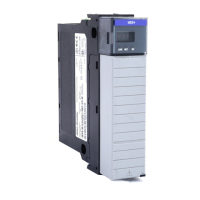
